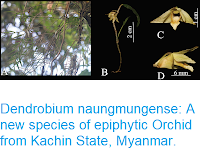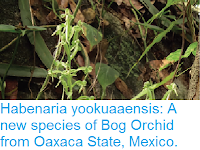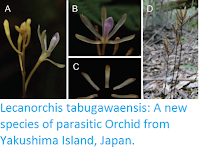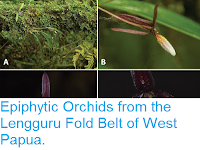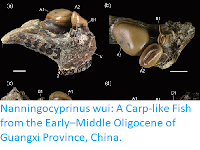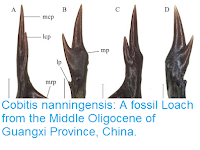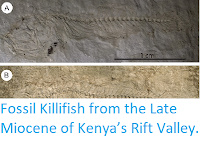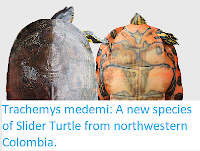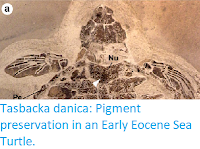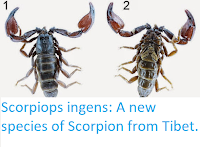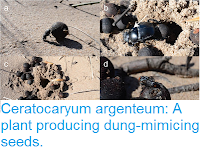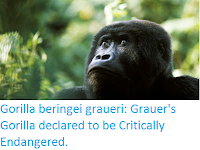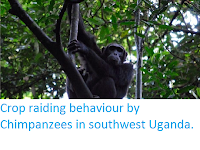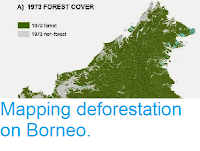Witnesses in Western Australia have reported seeing a bright fireball meteor on Tuesday 28 August 2018. The event happened at about 7.40 pm local time, with the majority of the reports coming from Perth and areas to the east. Many of the witnesses also reported hearing a loud boom. The Desert Fireball Network at Curtin University have reported receiving a large number of photographs of the event, and hope to be able to determine the area where the object broke up, with a view to recovering any fragments that fell to Earth.
Series of images of the 28 August 2018 Western Australia fireball meteor. ABC News.
Objects
of this size probably enter the Earth's atmosphere several times a
year, though unless they do so over populated areas they are unlikely to
be noticed. They are officially described as fireballs if they produce a
light brighter than the planet Venus. The brightness of a meteor is caused by friction with
the Earth's atmosphere, which is typically far greater than that caused
by simple falling, due to the initial trajectory of the object. Such
objects typically eventually explode in an airburst called by the
friction, causing them to vanish as an luminous object. However this is
not the end of the story as such explosions result in the production of a
number of smaller objects, which fall to the ground under the influence
of gravity (which does not cause the luminescence associated with
friction-induced heating).
These 'dark objects' do not continue along the path
of the original bolide, but neither do they fall directly to the ground,
but rather follow a course determined by the atmospheric currents
(winds) through which the objects pass. Scientists are able to calculate potential trajectories for hypothetical dark
objects derived from meteors using data from weather monitoring services.
Witness reports can help astronomers to understand these events. If you
witness a fireball-type meteor over the Australia you can report it to the Desert Fireball Network here.
See also...
Follow Sciency Thoughts on Facebook.









